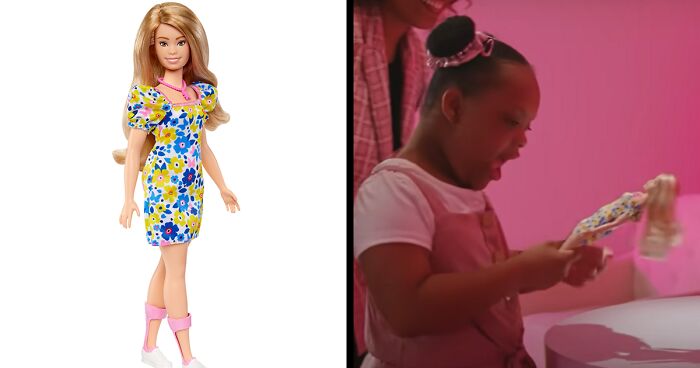
First Barbie With Down Syndrome: Mattel Continues To Increase Representation In The Toy Aisle
Barbie has firmly established itself as an iconic doll for over 60 years now. Countless children have grown up with it, and many still will. Therefore, while being a beloved cultural symbol, we are happy to see that Barbie embarked on a journey to evolve, embracing inclusivity and ensuring that every child feels seen and represented within the diverse range of Barbie dolls.
This time Mattel, the renowned American multinational toy manufacturing company that is also responsible for creating Barbie dolls, worked with the National Down Syndrome Society to design a doll that would represent a person with Down syndrome. To unveil the doll for the first time, Mattel invited parents with kids who have Down syndrome. In a heartwarming video, they shared what this means to them and how important it is to be represented.
More info: corporate.mattel.com | Facebook | Instagram | Youtube
Meet the first-ever Barbie with Down syndrome, a result of a partnership between Mattel and the National Down Syndrome Society
Image credits: corporate.mattel
This doll embodies the unique physical characteristics of women with Down syndrome
Image credits: corporate.mattel
“This doll introduces a new face and body sculpt to be more illustrative of women with Down syndrome, including a shorter frame and a longer torso. The new face sculpt features a rounder shape, smaller ears, and a flat nasal bridge, while the eyes are slightly slanted in an almond shape. The doll’s palms even include a single line, a characteristic often associated with those with Down syndrome.”
“The Barbie Fashionista doll with Down syndrome also wears pink ankle foot orthotics (AFOs) to match her outfit and her sneakers tout a zipper detail. Some children with Down syndrome use orthotics to support their feet and ankles, and NDSS provided a box of orthotics to serve as the real-life inspiration for the ones this Barbie Fashionista is wearing, matched to her outfit and the bright colors in her design.”
Image credits: corporate.mattel
Image credits: corporate.mattel
Even the doll’s clothing is thoughtfully designed to authentically represent people with Down syndrome
Image credits: corporate.mattel
“The doll’s puff-sleeved dress pattern features butterflies and yellow and blue colors, which are symbols and colors associated with Down syndrome awareness. The doll’s pink pendant necklace with three upward chevrons represents the three copies of the 21st chromosome, which is the genetic material that causes the characteristics associated with Down syndrome. The three chevrons, or arrows, are a symbol that unites the Down syndrome community and are meant to represent “the lucky few” who have someone with Down syndrome in their life.”
Image credits: corporate.mattel
Image credits: corporate.mattel
Image credits: corporate.mattel
Parents shared that this felt like a special time in our culture where they finally feel seen and included
Image credits: corporate.mattel
“This means so much for our community, who for the first time, can play with a Barbie doll that looks like them,” NDSS President and CEO Kandi Pickard said in a statement. “This Barbie serves as a reminder that we should never underestimate the power of representation.”
Image credits: corporate.mattel
Image credits: corporate.mattel
Image credits: corporate.mattel
Nowadays, Barbie is considered the most inclusive doll line on the market with over 175 looks
Image credits: corporate.mattel
The company has already introduced dolls with vitiligo, that use a wheelchair or a prosthetic limb, a doll with hearing aids and a doll without hair.
Image credits: corporate.mattel
Each new edition helps children to play out their unique stories, not being limited to one type of doll
Image credits: corporate.mattel
13Kviews
Share on FacebookI don't think the face looks obviously like Down syndrome at all. However, I love the other attention to detail.
I do, as someone whose sibling has DS i can definitely see the features.
Load More Replies...This is incredibly sweet. I think that some people don't fully grasp just how important representation is. Children and teens deserve every right to feel included and accepted. Seeing themselves lovingly represented can help boost their self-esteem and confidence.
I don't think anyone would know that doll represents girls with Down's syndrome unless they were told.
I could see it. I've you spend time with people with Down's, you can see it.
Load More Replies...I don't think the face looks obviously like Down syndrome at all. However, I love the other attention to detail.
I do, as someone whose sibling has DS i can definitely see the features.
Load More Replies...This is incredibly sweet. I think that some people don't fully grasp just how important representation is. Children and teens deserve every right to feel included and accepted. Seeing themselves lovingly represented can help boost their self-esteem and confidence.
I don't think anyone would know that doll represents girls with Down's syndrome unless they were told.
I could see it. I've you spend time with people with Down's, you can see it.
Load More Replies...
 Dark Mode
Dark Mode 

 No fees, cancel anytime
No fees, cancel anytime 






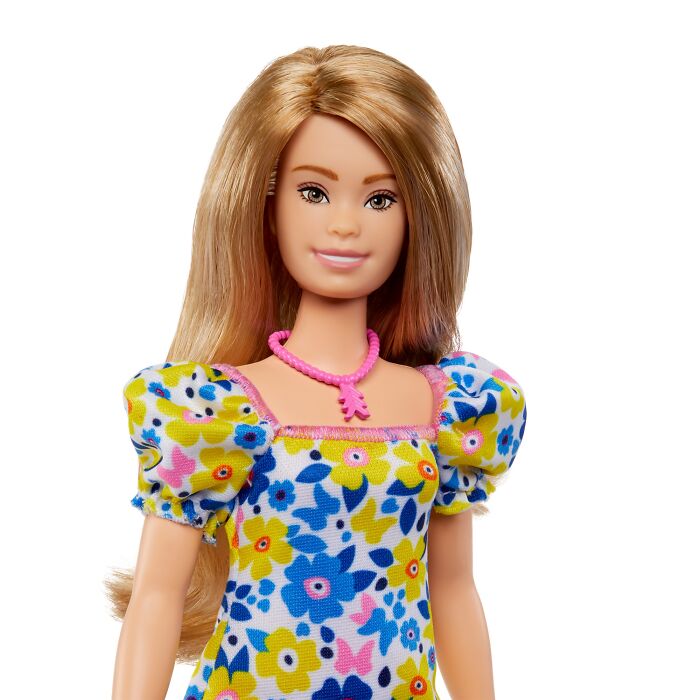
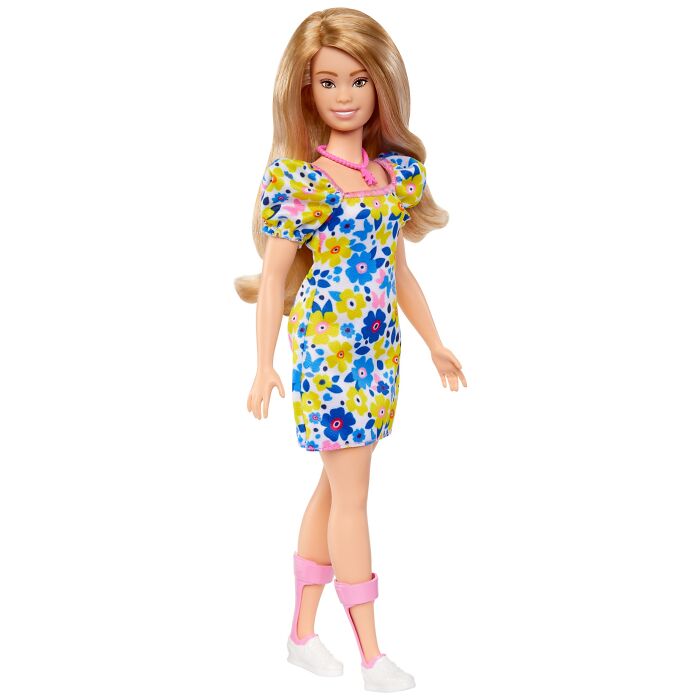
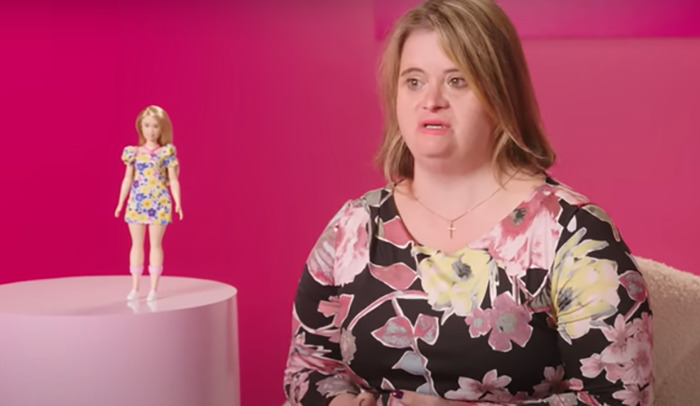
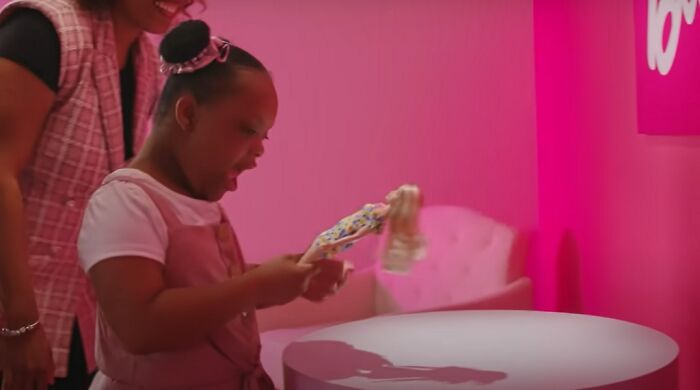
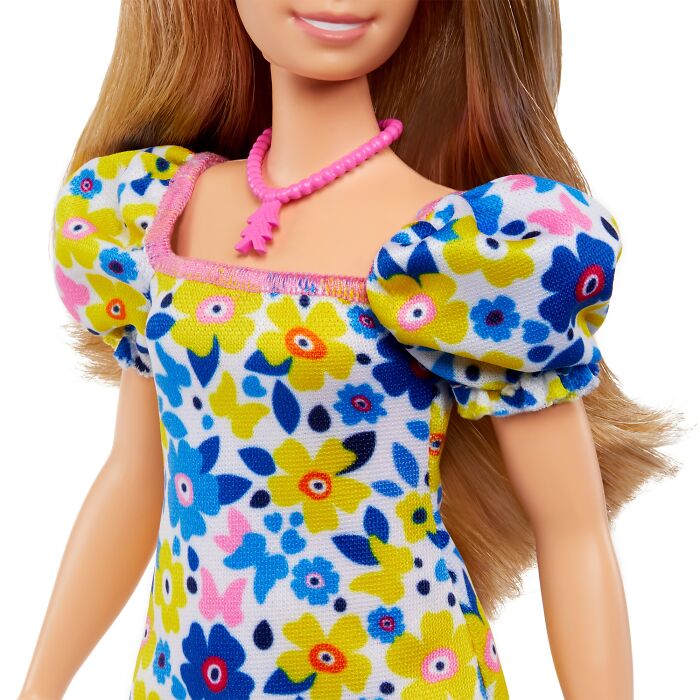
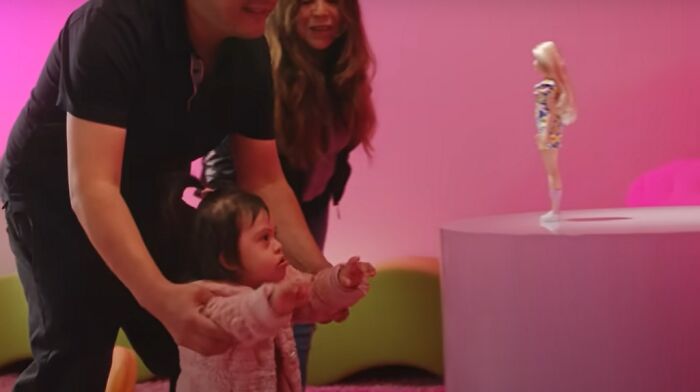
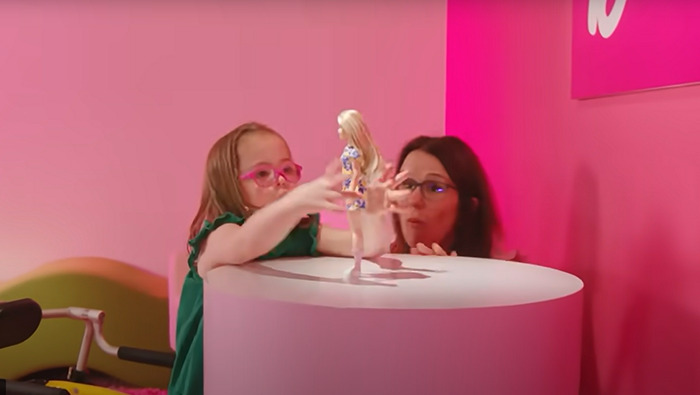
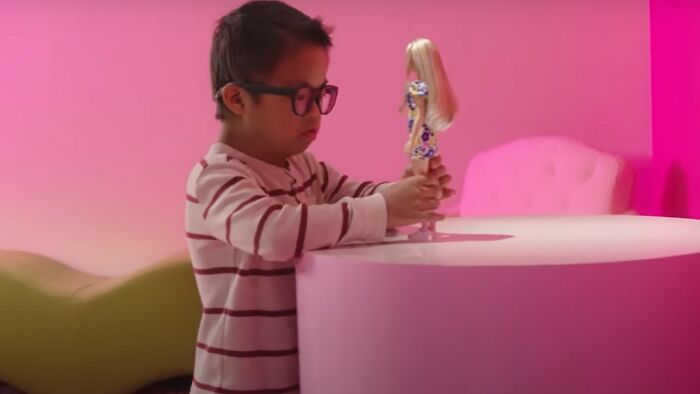
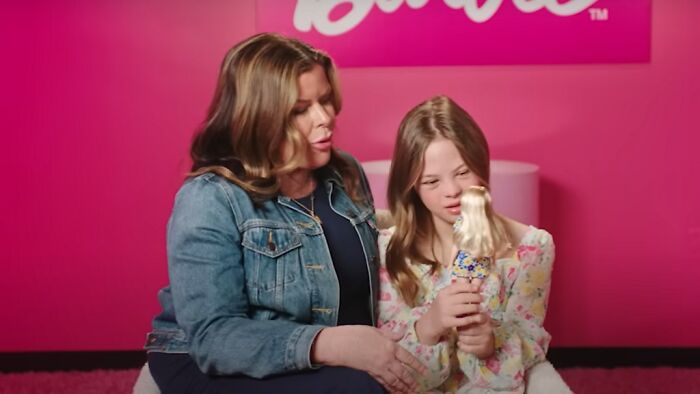
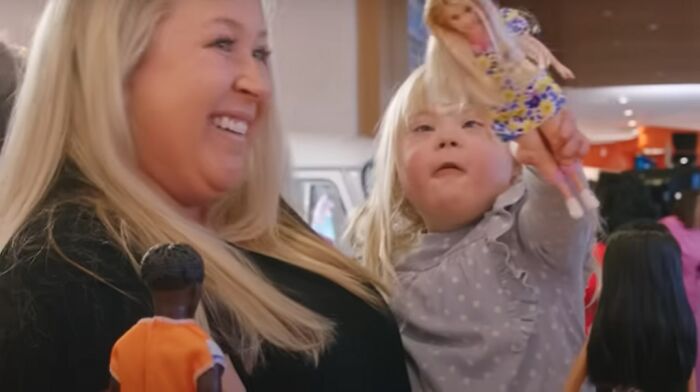
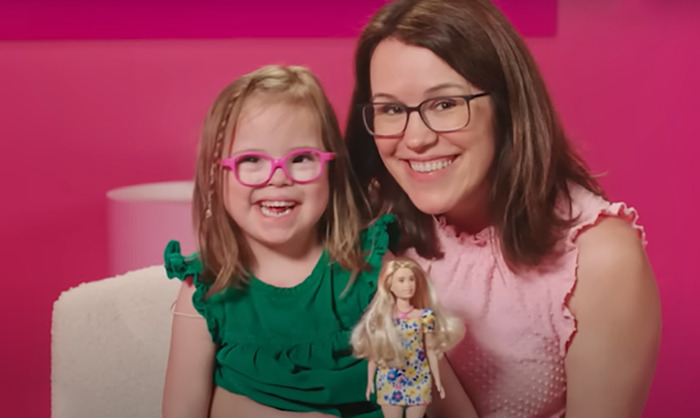
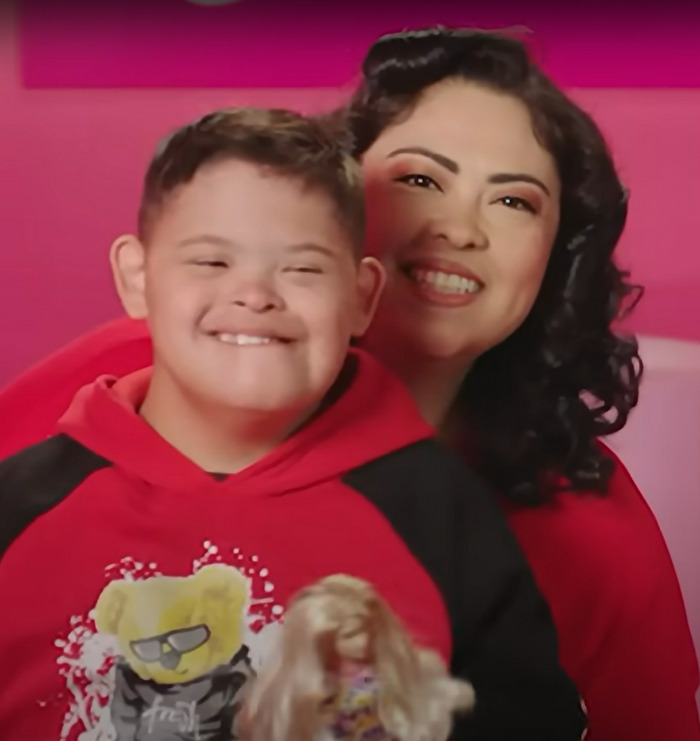
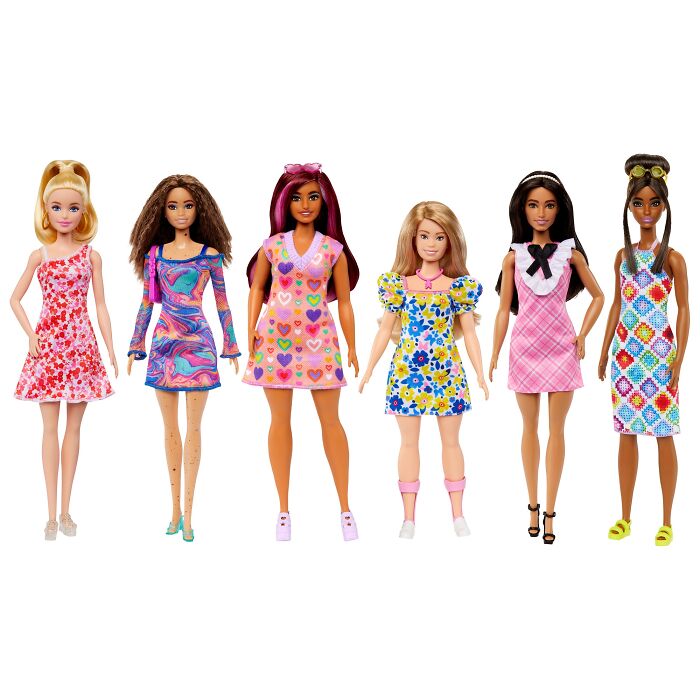
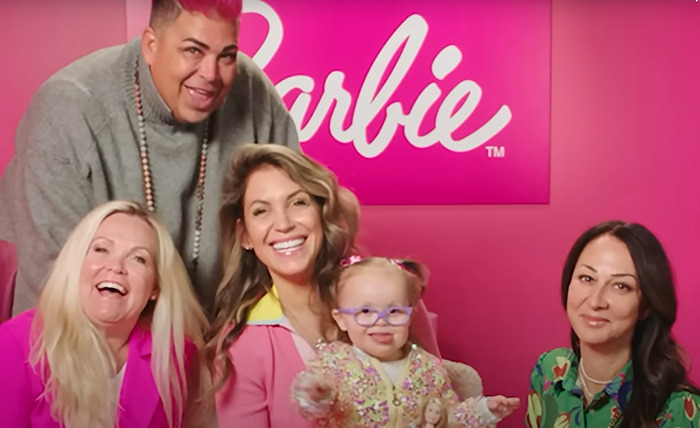
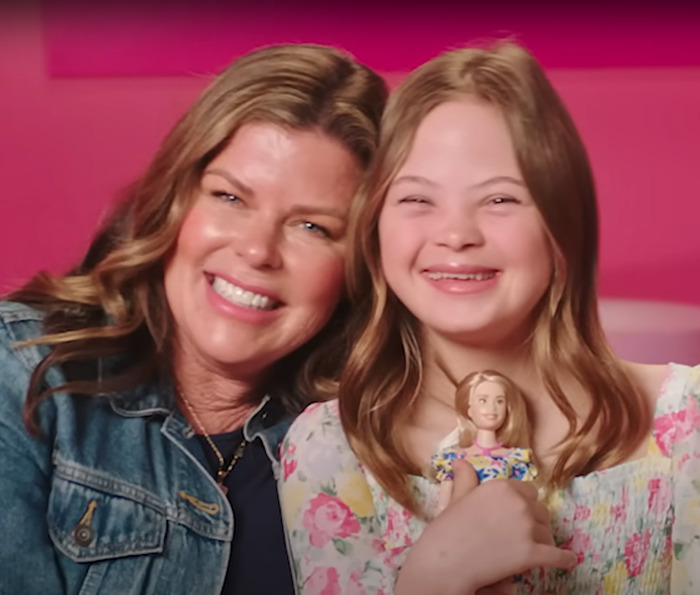












































51
48